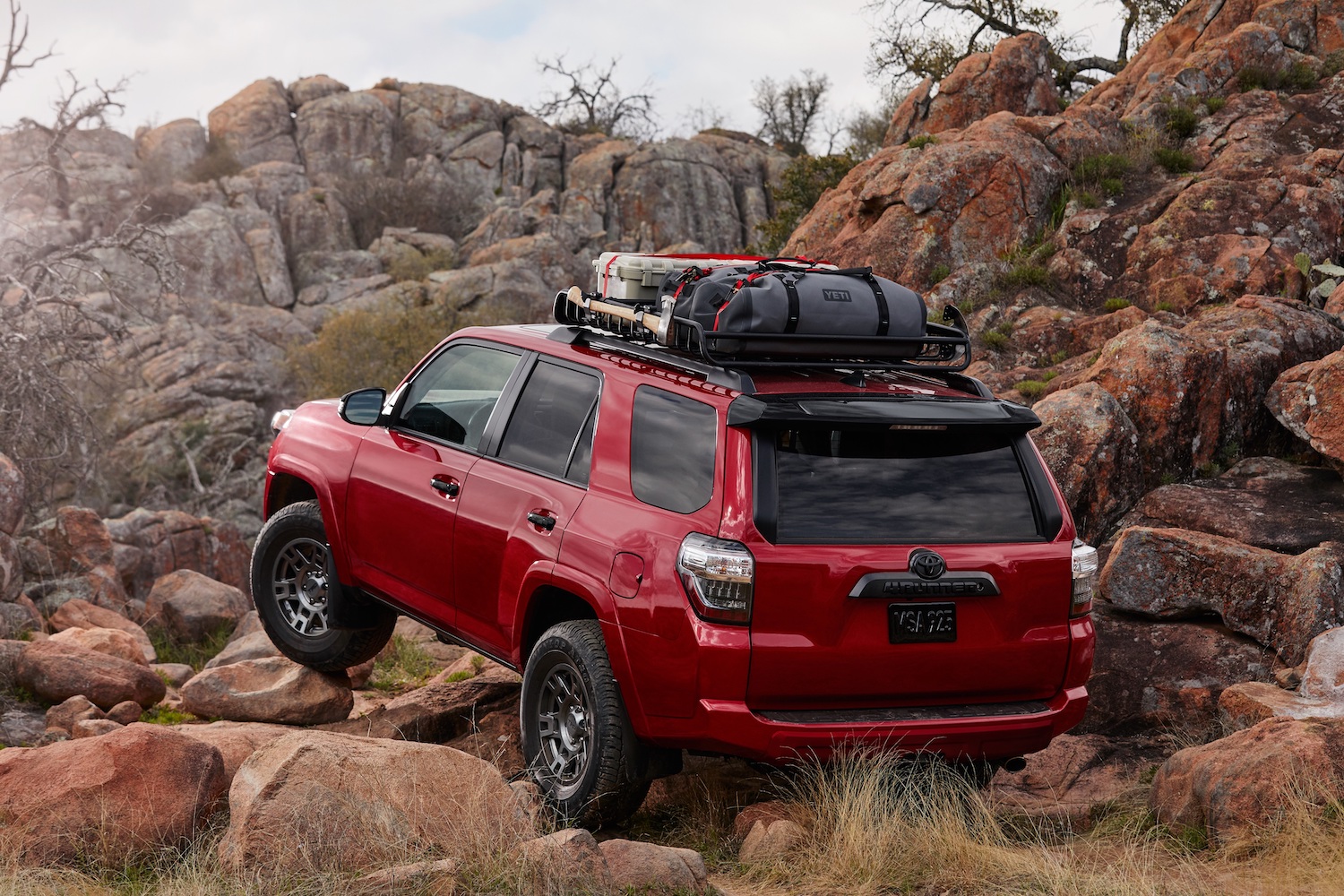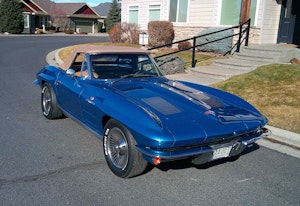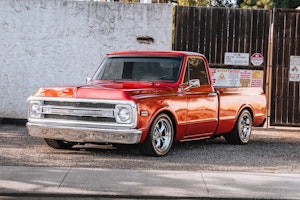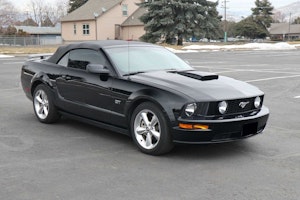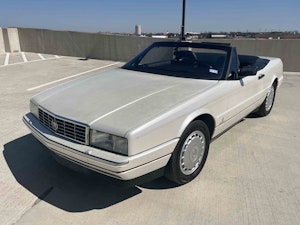Media | Articles
The old-school (proven) attributes of a brand-new Toyota 4Runner
Introduced in 2010, the fifth generation of the Toyota 4Runner is entering its 10th year of production with rather minimal changes. Shockingly, it is now selling better than ever. Despite those sales, many so-called professional automotive journalists tend to passively mock it. They point out the ignition key, manual HVAC controls, underpowered engine, and a transmission with only five gears. The really picky ones mock its ladder frame. Yet, the buying public speaks loudly with the thing that really counts: their money.
Why is that?
A 10-year production cycle is an eternity for a vehicle. A lot of things change in a decade in the automotive industry. It is therefore not a surprise that the journalists who drive brand new, sophisticated vehicles every day of their lives are taken aback with the 4Runner. But did any of them ask if perhaps there is a deeper reason for all that old-school-ness?
The transportation industry, for instance, is very wary of new technologies. For them—the railroads, truckers, and bus operators—reliability is one of the top concerns. Downtime and repairs come at a high cost. New technologies imply that they have not been proven. Proving things takes time. By the time a new tech has proven itself in the transportation industry, the rest of this commercialized world has progressed twice over.
By that logic, no one should be looking at the 4Runner as old school, even if it does seem that way. It should be looked at it as proven.
Marketplace
Buy and sell classics with confidence

My personal vehicle is a first-year model of fifth-generation 4Runner, 2010. It has only about 65,000 miles. It has spent its life living in a New England city, always outside. For its share of road trips, it had a hundred times more very short city trips, the kind of short trips that are bad for the engine longevity, where it doesn’t fully warm up. It’s been broken into, side-swiped, and rear-ended. I hate to admit it, but the way this vehicle has been utilized can only be described as abusive.
In those years of abuse, something interesting, surprising, almost shocking has occurred. Or more like, did not occur. It has never broken down. Nothing has ever stopped working on it. Nothing ever failed. And nothing ever didn’t work as intended. In my decades of owning, maintaining, and repairing cars I have not seen anything like this. Having owned a W123 Benz, known world over as one of the best built and most reliable cars of all time, I’d put the 4Runner and some other Toyotas against it without hesitation.
It’s not like I’ve been obsessively maintaining it. It still has the factory battery, coolant, and transmission oil. I wash it annually, maybe. It’s on its third set of brake pads and second set of tires. It’s going to need some new shocks soon, and I believe that the exhaust is finally beginning to rust through.

I lied. One thing did fail. After ignoring the intermittent check engine light and occasional shifting glitches for two years, I replaced the $300 transmission selector switch. It was simply rusted over from the extremely corrosive brine that is spread on our winter roads. But that’s it, really. Not even a light bulb has blown out. Three hundred bucks in repairs over a decade. This is roughly the same amount of money I spent monthly keeping my old bimmers running.
With that in mind, should one still be passively calling the 4Runner old school?
No. And yes.
Yes, because all this proven technology that made it reliable, did make the 4Runner outdated. Or perhaps it’s the Toyota way to just not invest much into an existing vehicle, especially one that is selling pretty well the world over under various names: Fortuner, Hilux Surf, and Land Cruiser Prado.

To be honest, from the driving and comfort perspective, it isn’t that great of a vehicle. It drives like a truck, because it is a truck, but lags behind full-size SUVs. It gets awful gas mileage. It’s low on power. The driving position is weird. The dash, while utilitarian and well laid out, is a bad joke. It’s not that the infotainment system is bad, it’s that it’s rather absent, be it in the 2010 or 2019 model.
In its 10 years of production, Toyota could have really done more to keep the 4Runner updated. Yes, there was a facelift in 2014, but the changes were purely stylistic. The good news is that for 2020, this old rig will finally get Apple CarPlay. And that’s about it. Whoop-de-doo.
The red 2019 4Runner pictured here drives pretty much the same as my gray 2010. Interior trim is slightly spruced up. It seems quieter, probably because all the seals are new. But it still has halogen headlights and an ignition key. Those headlights are not automatic and neither are the wipers—you have to turn them on yourself like it’s 1995. The hatch isn’t powered and it certainly won’t open itself when you swing your foot under the bumper.

Given the lack of updates and great reliability, I have been asked several times why anyone shopping a 4Runner just wouldn’t buy a used one. There is a simple answer to that—depreciation. Or more like lack of depreciation. Chances are that a three-year-old 4Runner won’t save anyone much money. So why not buy a new one and have a choice of colors and options, and that new car warranty which likely won’t get any claims?
The irony is that all this outdated stuff is what gives the 4Runner a certain charm and personality that other vehicles, perhaps aside from the Jeep Wrangler, just don’t have. And let’s not forget that this is a legit off-roader, at least as soon as you ditch the stock highway tires. It has the ground clearance, the low gearing, and the strength to take on the best in that regard.

In my recent excursion to the Overland Expo East, I rode in my friend’s stock ’95 4Runner SR5 4×4. It had 235,000 miles on the clock, but you wouldn’t know it by looking at it or riding in it. In those decades, the philosophy of 4Runner has not changed at all. It still is a body-on-frame, five-passenger, V-6-powered rig that has a funky tailgate with a roll-down window. The current generation has grown significantly from that second generation, but that’s about it. Even the four-wheel-drive system is very similar.
I really hope that the sixth-generation 4Runner, whatever decade it finally arrives in, remains true to what has always been, while improving on the little things. I hope that it will keep giving automotive journalists something to wobble on, while remaining loved by the hundreds of thousands of people who buy it.

